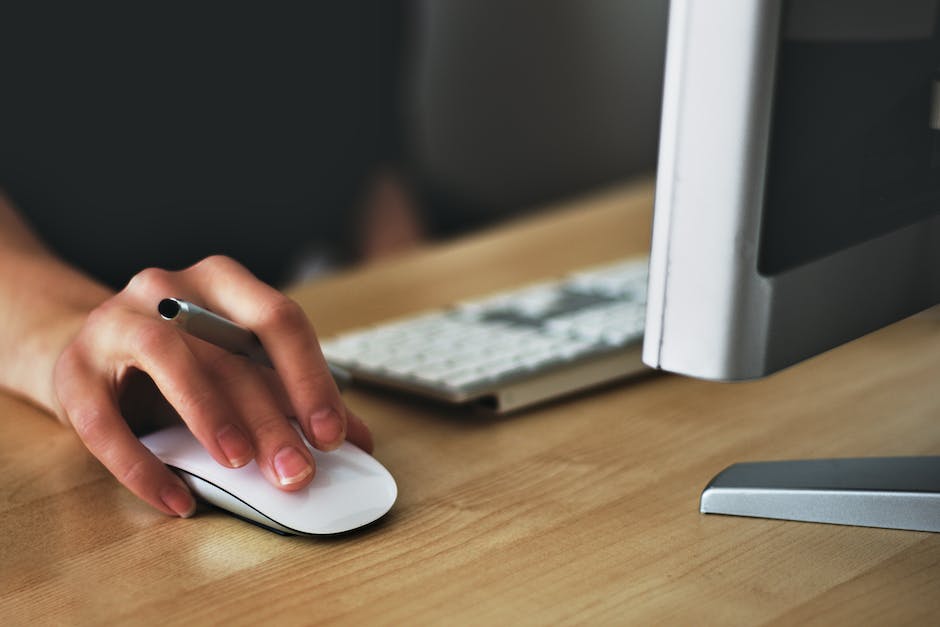UX design, or User Experience design, is a crucial component of the tech industry. It focuses on creating meaningful and relevant experiences for users. The significance of UX design cannot be understated; it plays a vital role in ensuring that a product or service meets the users’ needs and expectations. As a result, UX designers are an integral part of any tech team, contributing significantly to a project’s success.
This blog post will delve into the world of UX design, specifically highlighting the role of UX designers within a team environment. It offers valuable insights for anyone interested in the tech industry, particularly those aiming to secure a job in this field.

The Role of a UX Designer in a Team
A UX designer wears many hats within a team setting. They are primarily responsible for understanding user behaviors, needs, and motivations. This understanding is achieved through various methods such as user research, creating user personas, designing wireframes, and testing designs. The result of these activities forms the foundation upon which a user-friendly product is built.
The work of a UX designer brings immense value to a team project. Their insights guide the development process, ensuring the final product resonates with users. This not only enhances user satisfaction but also contributes to the overall success of the product.
Key Skills of a Successful UX Designer
Becoming a successful UX designer requires a blend of technical and soft skills. On the technical side, proficiency in design tools such as Sketch, Figma, and Adobe XD is essential. Additionally, a deep understanding of user-centered design principles is key to creating effective designs.
On the other hand, soft skills play an equally important role. UX design is a collaborative process, hence the need for excellent communication and teamwork skills. Problem-solving skills are also crucial, as designers often have to find creative solutions to meet user needs within specific constraints.
Collaborative Aspects of UX Design
UX design is not a solitary endeavor. It is a process that requires active collaboration with various team members, stakeholders, and users. The UX designer often acts as a bridge, connecting the technical aspects of a product with the user’s needs and expectations. This interaction is crucial to create a successful product that not only functions well but also provides a satisfactory user experience.
But what does this collaboration look like in practice? Let us delve deeper into the relationships a UX designer maintains within a team.
Working with Developers
One of the key relationships a UX designer has is with the developers. Developers are the ones who bring a UX designer’s vision to life. They code the interfaces and interactions that the designer has meticulously planned and designed.
On the other side, developers rely on UX designers to provide them with designs that are user-centric, feasible, and align with the project’s technical constraints. This symbiotic relationship is crucial for the harmonious development of a product and results in a more efficient and streamlined process.
So, how can this relationship be optimized? Communication is key. Regular check-ins, open dialogue about constraints and possibilities, and mutual respect for each other’s expertise can significantly enhance this collaboration.
Working with Stakeholders
Stakeholders play a significant role in the UX design process. They are the ones who provide the business goals and understand the customer needs. Therefore, their input is invaluable to a UX designer.
UX designers must work closely with stakeholders to ensure that the product aligns with business objectives while still meeting user needs. This involves regular meetings to discuss progress, presenting design ideas, and receiving feedback.
Again, effective communication is essential in this relationship. By clearly explaining design decisions and actively seeking stakeholder input, a UX designer can ensure that the final product meets both business and user needs.
The UX Design Process within a Team
The UX design process is a team effort. Each stage of the process, from initial research to final implementation, requires collaboration and communication between team members. Let’s break down these stages:
- Research: This is the initial phase where UX designers gather information about user needs and business goals. This often involves collaboration with stakeholders and market researchers.
- Design: In this stage, UX designers create wireframes and prototypes based on their research. They work closely with other designers and developers to ensure feasibility.
- Prototyping: This involves creating a working model of the product. It requires a close collaboration between designers and developers.
- Testing: The prototype is tested with users. Feedback is gathered and shared with the team, leading to revisions and improvements.
- Implementation: The final design is handed over to the developers for coding. Regular communication between designers and developers is crucial during this stage to ensure the design is implemented correctly.
Each stage of the UX design process is an opportunity for collaboration. By working together, the team can create a product that meets user needs, business goals, and technical requirements.
Communication & UX Design
Ever wondered why some products just feel ‘right’ and others don’t? The answer often lies in the quality of communication within the UX design team. Effective communication ensures that the design not only meets user needs but also aligns with business goals. It is the lifeline of a design project, bridging the gap between user experience designers, developers, stakeholders, and users.
In the realm of UX design, it’s not just about creating visually appealing interfaces. It’s about understanding the needs, motivations, and behaviors of users. This understanding can only be achieved through clear and open communication. When UX designers effectively communicate their research findings and design decisions, they foster a shared understanding within the team. This collaborative environment, powered by effective communication, is key to creating user-centric designs that resonate with the target audience and drive business success.
Tools and Techniques UX Designers Use for Collaboration
UX designers don’t work in isolation. They work in tandem with various team members, including other designers, developers, project managers, and stakeholders. Therefore, they need to use a range of tools and techniques that facilitate efficient collaboration and seamless workflow.
These tools, such as Figma and Sketch, allow designers to create, share, test, and iterate designs in a collaborative environment. They offer features like real-time co-editing, version history, and commenting, which streamline the design process and foster teamwork. In addition to design tools, collaborative methodologies like Agile or Scrum play a critical role in the UX design process. These methodologies promote flexibility, adaptability, and continuous improvement, ensuring that the design evolves as per user feedback and market trends.
Let’s take a look at some of the popular tools and techniques that UX designers use for collaboration.
| Tool | Description | Key Features |
|---|---|---|
| Figma | A cloud-based design tool that facilitates real-time collaboration. | Real-time co-editing, version history, commenting, prototyping. |
| Sketch | A vector-based design tool primarily used for user interface and user experience design. | Shared libraries, versioning, prototyping, developer handoff. |
| Agile | A project management and product development methodology that emphasizes flexibility, customer collaboration, and delivering value. | Iterative development, continuous feedback, adaptability, team collaboration. |
| Scrum | An Agile framework that encourages teams to learn through experiences, self-organize while working on a problem, and reflect on their wins and losses to continuously improve. | Regular stand-ups, sprint planning, sprint review, retrospective meetings. |

Overcoming Challenges in UX Design Teamwork
As rewarding as team collaboration in UX design can be, it’s not without its challenges. From miscommunication to differing visions, from scope creep to conflicting timelines, these potential hurdles can disrupt the smooth operation of a team. However, there are practical strategies to overcome these challenges.
For instance, miscommunication can be minimized by establishing clear channels of communication from the outset. Consider implementing daily standups or regular check-ins to ensure everyone is on the same page. In addition, make use of collaborative tools that can facilitate communication and transparency across the team.
When it comes to differing visions, it’s essential to ensure that all team members understand the project’s goals and objectives from the beginning. Regularly revisiting these goals can help maintain focus and alignment. Also, open dialogue and constructive feedback can help reconcile different perspectives and foster a sense of unity within the team.
Scope creep, the tendency for a project’s requirements to increase beyond its original scope, can be managed by setting and sticking to clear boundaries. Regularly reviewing project progress against its objectives can help identify scope creep early, and allow for timely adjustments.
Gaining Skills for Collaborative UX Design
For those interested in UX design, there are numerous ways to acquire and improve the skills needed for effective team collaboration. One of the most effective methods is through hands-on experience – participating in team projects, whether at work, in a learning environment, or even as a volunteer, can provide invaluable insights.
Additionally, there are many resources available for self-directed learning. Online courses, such as those offered by Coursera, Udemy, and LinkedIn Learning, cover a wide range of topics relevant to UX design teamwork. Books like “Lean UX: Designing Great Products with Agile Teams” by Jeff Gothelf and “Sprint: How to Solve Big Problems and Test New Ideas in Just Five Days” by Jake Knapp provide practical advice and case studies.
Importance of UX Designers in a Tech Team
In conclusion, UX designers play a crucial role within a tech team. They bring a user-centric perspective to the table, ensuring that the products or services developed not only meet business goals but also resonate with the users. Their ability to conduct user research, design effective interfaces, and test for usability makes them an integral part of any successful tech team.
The work of UX designers significantly contributes to user satisfaction. By improving the user experience, they enhance the overall success of a product or service, leading to higher customer retention, positive word-of-mouth, and ultimately, business growth. So, if you’re considering a career in UX design, remember that your work will not only be interesting and creative, but it will also have a tangible impact on people’s lives.
